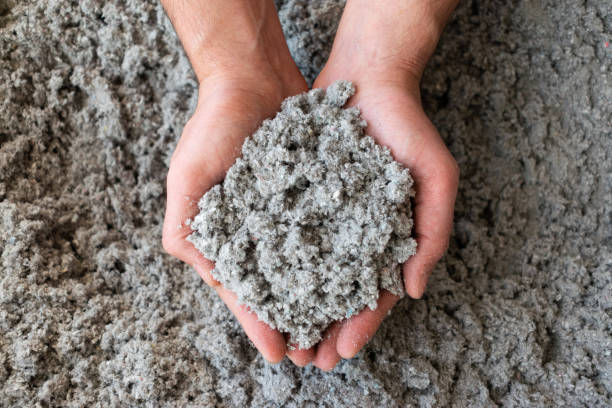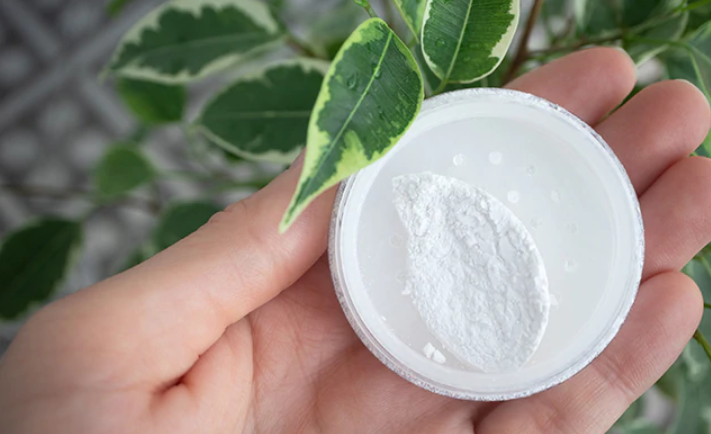Greases are produced by a mixture of using oil or mineral oil and thickeners such as calcium-based soap and lithium-based soaps. Greases may also contain additional lubricating particles, such as molybdenum disulfide, graphite, or polytetrafluoroethylene (PTFE). Different types of greases combine the lubricating properties of oils with added stickiness, which allows the lubricant to adhere to the surfaces better. Greases act as a barrier, protecting the surfaces from contaminants that can damage or corrode them. Lithium greases are highly preferred in the railways and trains due to its usage in a wide range of applications in rail components such as curved tooth coupling, Cardan shaft, axle boxes, and brake system. When lithium greases were introduced in the marketplace, they were found to be superior to calcium and sodium greases, and soon became the most popular multi-purpose greases in industry.
Railway vehicle elements such as axles & wheels, bearings & chains, brake elements, interior components, and pantographs need frequent maintenance and lubrication for smooth running and high performance. Applying greases on wheels offer various benefits such as it reduces labor costs, extends repair intervals, and reduces lubricant consumption. Using greases for railway vehicle elements offers various operation benefits such as increases equipment reliability, reduces unplanned downtime, reduces energy and fuel consumption, and improves equipment profitability. Moreover, greases can help in saving energy and reducing noise. The axle box bearing of a vehicle-track system is an important component of a railway and train bogie, which bears a variety of complicated stochastic loads between the track and bogie. The reliability and service life of axle box bearings can influence railway safety. Grease plays a major part in the lubrication of railway axle-box bearings as lubrication failures of axle box bearings can lead to accidents, such as hot axle cutting and bearing burnout. Apart from this, greases are also used in other railway components such as track components, brakes and interior components. Greases used in the railway track components are designed to minimize friction, reduce temperature, and prevent wear between wheel flange and rails. Greases are also used in screws and bolts used in the installation of railway track elements to protect them from rusting. Thus, the rail greases are mostly required for the maintenance activities and for smooth running and high performance of different parts such as railway vehicle components and railway track components. This fact has driven the market for rail greases during the forecast.
REGULAR MAINTENANCE ACTIVITIES OF DIFFERENT PARTS USED IN RAILWAY TRANSPORTATION IS EXPECTED TO BOOST RAIL GREASE MARKET
Royal Dutch Shell Plc, Exxon Mobil Corporation, Total S.A., BP Australia Pty Limited, and Chevron Corporation are amongst the major market players operating in the global rail greases market. These companies provide rail grease products for diversified rail applications such as railway vehicle elements, railway track elements, switches, and fish plates, curve rails, screw, and bolts. These market players are highly focused on the development of high quality and innovative products to fulfill the customer’s requirements. The companies operating in the market have realized the immense potential pertaining to the rail greases market and were observed highly involved in strategies such as product launch and project finance.



